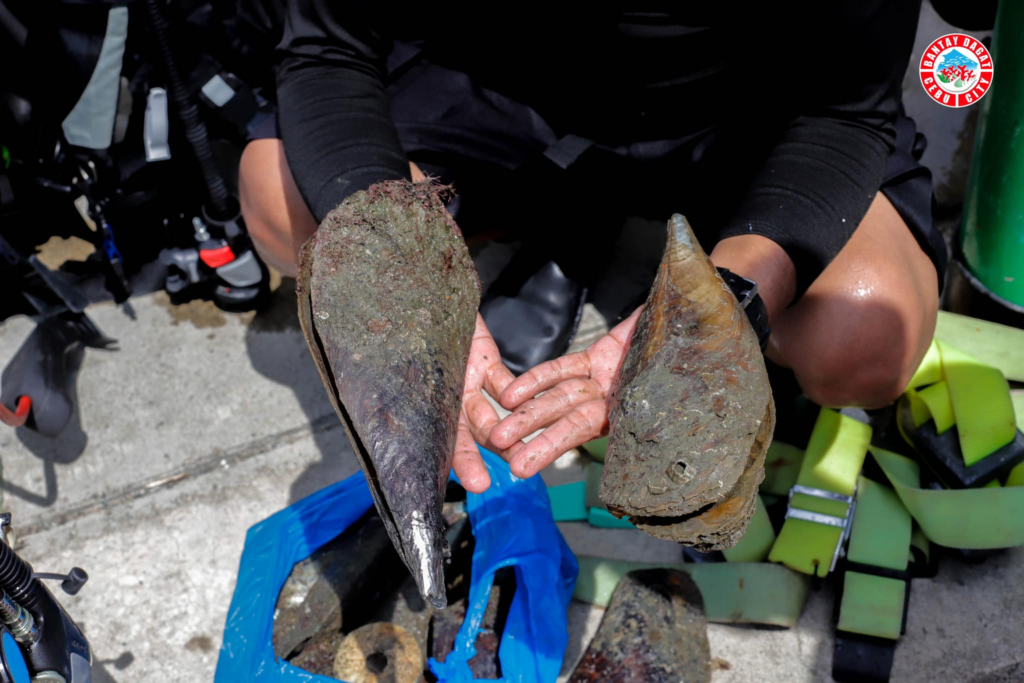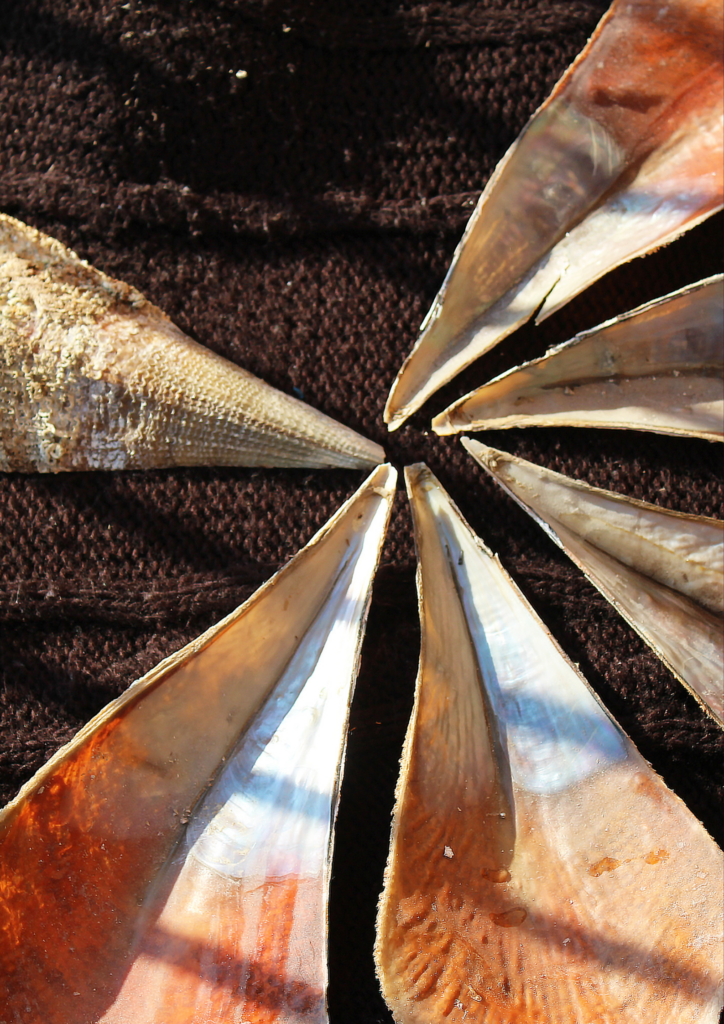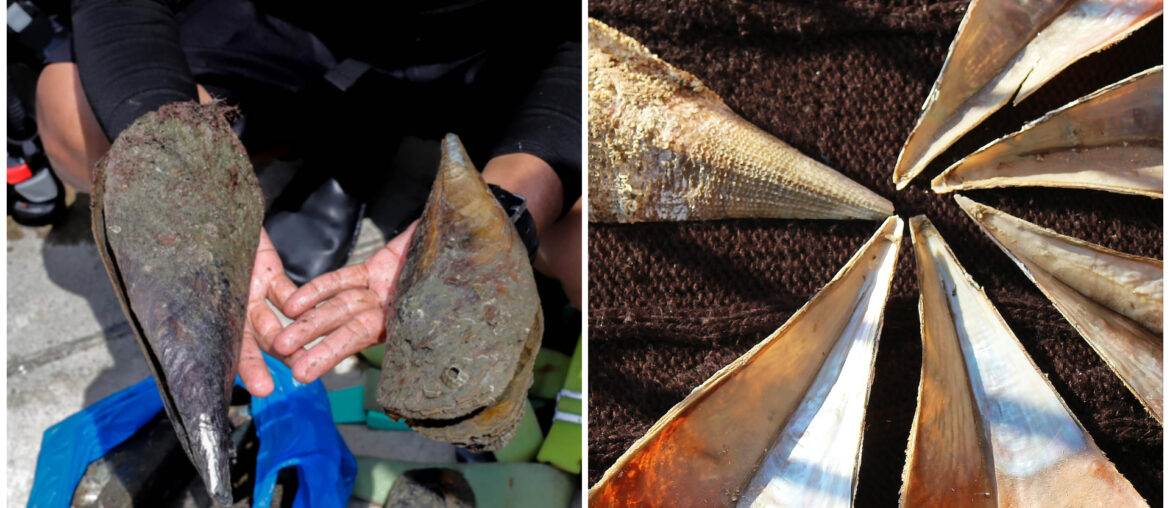In recent news, Marine biologists from Cebu City Bantay Dagat and Cebu Technological University, with volunteers from Knight-Stewards of the Sea, Inc., have made a remarkable discovery—the noble pen shell, a species listed as critically endangered.

WHAT IS THE NOBLE PEN SHELL?

Also known by its scientific name, Pinna nobilis, the noble pen shell is a large species of marine bivalve mollusk belonging to the family Pinnidae, commonly referred to as pen shells. It can grow to an impressive length and produces a rare manganese-containing porphyrin protein called pinnaglobin.
Like other pen shells, Pinna nobilis is highly susceptible to pollution and physical damage. It anchors itself to rocks using a byssus—a bundle of silk-like threads—secreted by its byssus gland. These threads, composed of keratin and other proteins, can extend up to 6 cm (2.4 in) in length and were historically used to produce fabric. The interior of its shell is coated with a lustrous mother-of-pearl.
This species is endemic to the Mediterranean Sea. It typically resides partially buried in soft sediments, such as fine sand or mud, often in environments with low oxygen levels.

DECLARED ENDANGERED
On October 18, 2019, the International Union for Conservation of Nature (IUCN) established this giant mollusk as highly endangered. During an exploratory dive on August 22, 2024, the crew discovered the shell in Cebu City’s seas. They formally delivered their findings to the Cebu City Bantay Dagat Commission on October 11.
The Commission has been approved to conduct more assessments to ascertain the species’ population in the region. It is still unclear how a Mediterranean species made its way to the Indo-Pacific, but its extinction emphasizes the necessity for immediate conservation efforts.



Comments are closed.